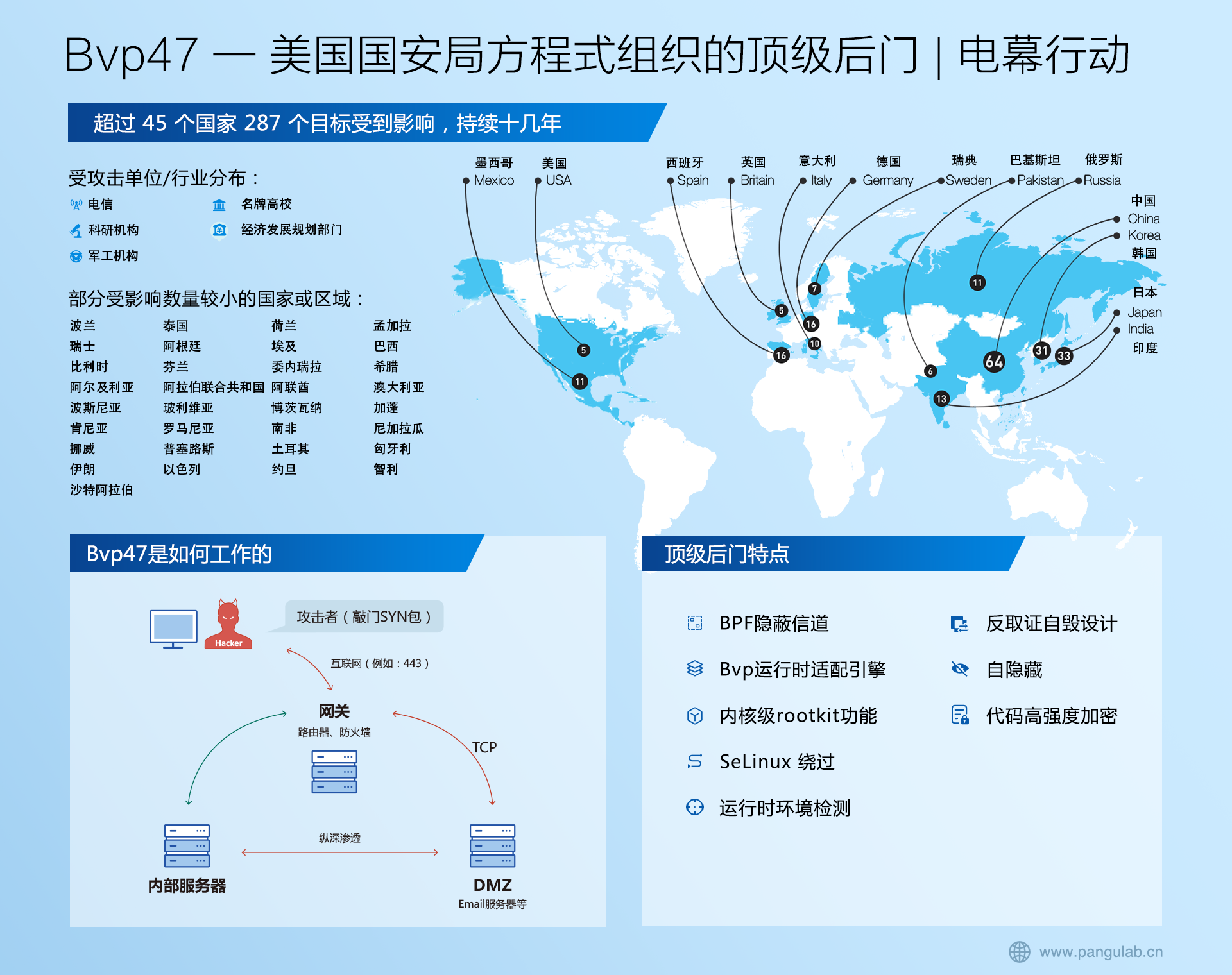Spring5 AOP——TargetSource
TargetSource
TargetSource(目标源)是被代理的target(目标对象)实例的来源。
public interface TargetSource extends TargetClassAware {
/**
* 返回当前目标源的目标类型
* 可以返回null值,如:EmptyTargetSource(未知类会使用这个目标源)
*/
@Override
@Nullable
Class getTargetClass();
/**
* 当前目标源是否是静态的。
* 如果为false,则每次方法调用结束后会调用releaseTarget()释放目标对象.
* 如果为true,则目标对象不可变,也就没必要释放了。
*/
boolean isStatic();
/**
* 获取一个目标对象。
* 在每次MethodInvocation方法调用执行之前获取。
*/
@Nullable
Object getTarget() throws Exception;
/**
* 释放指定的目标对象。
*/
void releaseTarget(Object target) throws Exception;
}
TargetSource(目标源)是被代理的target(目标对象)实例的来源。TargetSource被用于获取当前MethodInvocation(方法调用)所需要的target(目标对象),这个target通过反射的方式被调用(如:method.invode(target,args))。换句话说,proxy(代理对象)代理的不是target,而是TargetSource,这点非常重要!!!
那么问题来了:为什么SpringAOP代理不直接代理target,而需要通过代理TargetSource(target的来源,其内部持有target),间接代理target呢?
通常情况下,一个proxy(代理对象)只能代理一个target,每次方法调用的目标也是唯一固定的target。但是,如果让proxy代理TargetSource,可以使得每次方法调用的target实例都不同(当然也可以相同,这取决于TargetSource实现)。这种机制使得方法调用变得灵活,可以扩展出很多高级功能,如:target pool(目标对象池)、hot swap(运行时目标对象热替换),等等。
TargetSource组件本身与SpringIoC容器无关,换句话说,target的生命周期不一定是受spring容器管理的,我们以往的XML中的AOP配置,只是对受容器管理的bean而言的,我们当然可以手动创建一个target,同时使用Spring的AOP框架(而不使用IoC容器)

Spring内置的TargetSource
SingletonTargetSource
从这个目标源取得的目标对象是单例的,成员变量target缓存了目标对象,每次getTarget()都是返回这个对象。
public class SingletonTargetSource implements TargetSource, Serializable {
private final Object target;
public SingletonTargetSource(Object target) {
Assert.notNull(target, "Target object must not be null");
this.target = target;
}
@Override
public Class getTargetClass() {
return this.target.getClass();
}
@Override
public Object getTarget() {
return this.target;
}
}
PrototypeTargetSource
每次getTarget()将生成prototype类型的bean,即其生成的bean并不是单例的,因而使用这个类型的TargetSource时需要注意,封装的目标bean必须是prototype类型的。PrototypeTargetSource继承了AbstractBeanFactoryBasedTargetSource拥有了创建bean的能力。
public class PrototypeTargetSource extends AbstractPrototypeBasedTargetSource {
/**
* Obtain a new prototype instance for every call.
* @see #newPrototypeInstance()
*/
@Override
public Object getTarget() throws BeansException {
return newPrototypeInstance();
}
/**
* Destroy the given independent instance.
* @see #destroyPrototypeInstance
*/
@Override
public void releaseTarget(Object target) {
destroyPrototypeInstance(target);
}
@Override
public String toString() {
return "PrototypeTargetSource for target bean with name '" + getTargetBeanName() + "'";
}
}
可以看到,PrototypeTargetSource的生成prototype类型bean的方式主要是委托给BeanFactory进行的,因为BeanFactory自有一套生成prototype类型的bean的逻辑,因而PrototypeTargetSource也就具有生成prototype类型bean的能力,这也就是我们要生成的目标bean必须声明为prototype类型的原因。
CommonsPool2TargetSource
这里CommonsPool2TargetSource也就是池化的TargetSource,其基本具有平常所使用的“池”的概念的所有属性,比如:最小空闲数,最大空闲数,最大等待时间等等。实际上,CommonsPool2TargetSource的实现是将其委托给了ObjectPool进行,具体的也就是GenericObjectPool,其实现了ObjectPool接口。
public class CommonsPool2TargetSource extends AbstractPoolingTargetSource implements PooledObjectFactoryThreadLocalTargetSource
ThreadLocalTargetSource也就是和线程绑定的TargetSource,可以理解,其底层实现必然使用的是ThreadLocal。既然使用了ThreadLocal,也就是说我们需要注意两个问题:
- 目标对象必须声明为prototype类型,因为每个线程都会持有一个不一样的对象;
- 目标对象必须是无状态的,因为目标对象是和当前线程绑定的,而Spring是使用的线程池处理的请求,因而每个线程可能处理不同的请求,因而为了避免造成问题,目标对象必须是无状态的。
public class ThreadLocalTargetSource extends AbstractPrototypeBasedTargetSource
implements ThreadLocalTargetSourceStats, DisposableBean {
private final ThreadLocal这里ThreadLocalTargetSource主要集成了AbstractPrototypeBasedTargetSource和DisposableBean。关于AbstractPrototypeBasedTargetSource前面已经讲过了,读者可以到前面翻看;而DisposableBean的作用主要是提供一个方法,以供给Spring在销毁当前对象的时候调用。也就是说Spring在销毁当前TargetSource对象的时候会首先销毁其生成的各个目标对象。这里需要注意的是,TargetSource和生成的目标对象是两个对象,前面讲的TargetSouce都是单例的,只是生成的目标对象可能是单例的,也可能是多例的。
HotSwappableTargetSource
HotSwappableTargetSource使用户可以以线程安全的方式切换目标对象,提供所谓的热交换功能。这个特性是很有用的,尽管它的开启需要AOP应用进行显式的配置,但配置并不复杂,在使用时,只需要把 HotSwappableargetSource配置到ProxyFactoryBean的Target属性就可以了,在需要更换真正的目标对象时,调用HotSwappableTargetSource的swap方法就可以完成。由此可见,对HotSwappableTargetSource的热交换功能的使用,是需要触发swap方法调用的。这个swap方法的实现很简单,它完成 target对象的替换,也就是说,它使用新的 target对象来替换原有的 target对象。为了保证线程安全,需要把这个替换方法设为 synchronized方法。
public class HotSwappableTargetSource implements TargetSource, Serializable {
private static final long serialVersionUID = 7497929212653839187L;
private Object target;
public HotSwappableTargetSource(Object initialTarget) {
Assert.notNull(initialTarget, "Target object must not be null");
this.target = initialTarget;
}
@Override
public synchronized Class getTargetClass() {
return this.target.getClass();
}
@Override
public final boolean isStatic() {
return false;
}
@Override
public synchronized Object getTarget() {
return this.target;
}
@Override
public void releaseTarget(Object target) {
// nothing to do
}
public synchronized Object swap(Object newTarget) throws IllegalArgumentException {
Assert.notNull(newTarget, "Target object must not be null");
Object old = this.target;
this.target = newTarget;
return old;
}
@Override
public boolean equals(Object other) {
return (this == other || (other instanceof HotSwappableTargetSource &&
this.target.equals(((HotSwappableTargetSource) other).target)));
}
@Override
public int hashCode() {
return HotSwappableTargetSource.class.hashCode();
}
@Override
public String toString() {
return "HotSwappableTargetSource for target: " + this.target;
}
}
参考: https://www.cnblogs.com/nizuimeiabc1/p/12178235.html
https://blog.csdn.net/shenchaohao12321/article/details/85538163
https://www.cnblogs.com/qinzj/p/11415057.html







